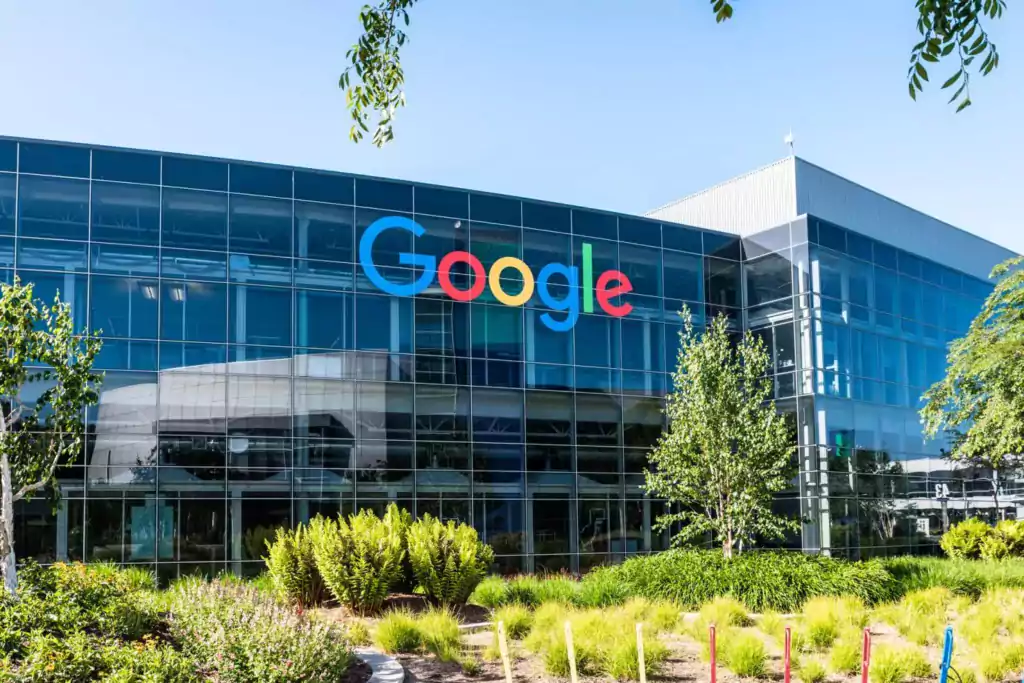In the realm of transportation, it has been revealed that a substantial portion of global and urban greenhouse gas emissions can be attributed to road traffic. These emissions are particularly troubling at urban intersections, where pollution levels can skyrocket to 29 times higher than those on open roads. Approximately half of these intersection emissions stem from the constant starting and stopping of vehicles.
However, a promising solution is emerging through the integration of artificial intelligence (AI) into traffic management. Google Research’s Green Light initiative is at the forefront of this effort. By harnessing AI and analyzing driving data from Google Maps, Green Light models traffic patterns and offers recommendations to optimize existing traffic signal plans. The beauty of this approach is that city engineers can swiftly implement these changes, often within a mere five minutes, using their current infrastructure. By not only improving individual intersections but also coordinating across multiple neighboring intersections to create a sequence of green lights, cities can enhance traffic flow and significantly reduce the stop-and-go emissions that plague urban areas.
Several cities have already taken part in Project Green Light, and city officials are encouraged to join the waiting list to participate. Preliminary data shows promising results, with the potential for up to a 30% reduction in stops and a 10% decrease in emissions at intersections. As of now, Green Light is operational in 70 intersections across 12 cities, spanning from Haifa to Rio de Janeiro to Bangalore. This technology is poised to save fuel and reduce emissions for up to 30 million car rides per month in the areas where it has been implemented.
For many traffic engineers in cities, accessing reliable data for optimizing traffic lights has historically been a challenging and costly endeavor, resulting in outdated configurations at many intersections. Prior to Green Light, city engineers relied on expensive sensors or time-consuming manual vehicle counts, which often failed to provide complete information on crucial parameters. Collaborating with cities worldwide, Green Light aims to benefit both people and the environment. The technology has already proven successful in cities like Seattle and Hamburg, and its potential impact is even more substantial in areas with limited access to advanced technology. The initiative is working closely with partner cities to expand its reach to more intersections within each city, with plans to extend its influence to additional locations in the coming year. Ultimately, the goal is to offer cleaner, greener urban environments across the globe.
